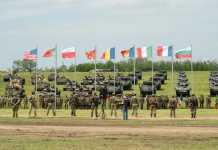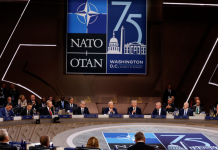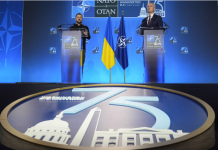This year marked the twentieth anniversary of the initiation of NATO’s engagement in Afghanistan in August 2003, which ended in August 2021 as a result of the collapse of the Government of the Islamic Republic of Afghanistan (GIRoA) and the return to power of the Taliban.
This endeavor, extraordinary in both ambition and scope, brought together the commitments and contributions of troops and other resources by nearly 50 NATO and non-NATO nations from around the world, with the goal of building a stable Afghanistan freed from use as a safe haven for terrorism. Many obstacles stood in the way, from the troubled legacy of three decades of internal strife and invasion following the fall of the monarchy in 1973, to complex regional dynamics and challenges associated with frequent troop rotations and civil-military cooperation across the security, governance and development nexus.
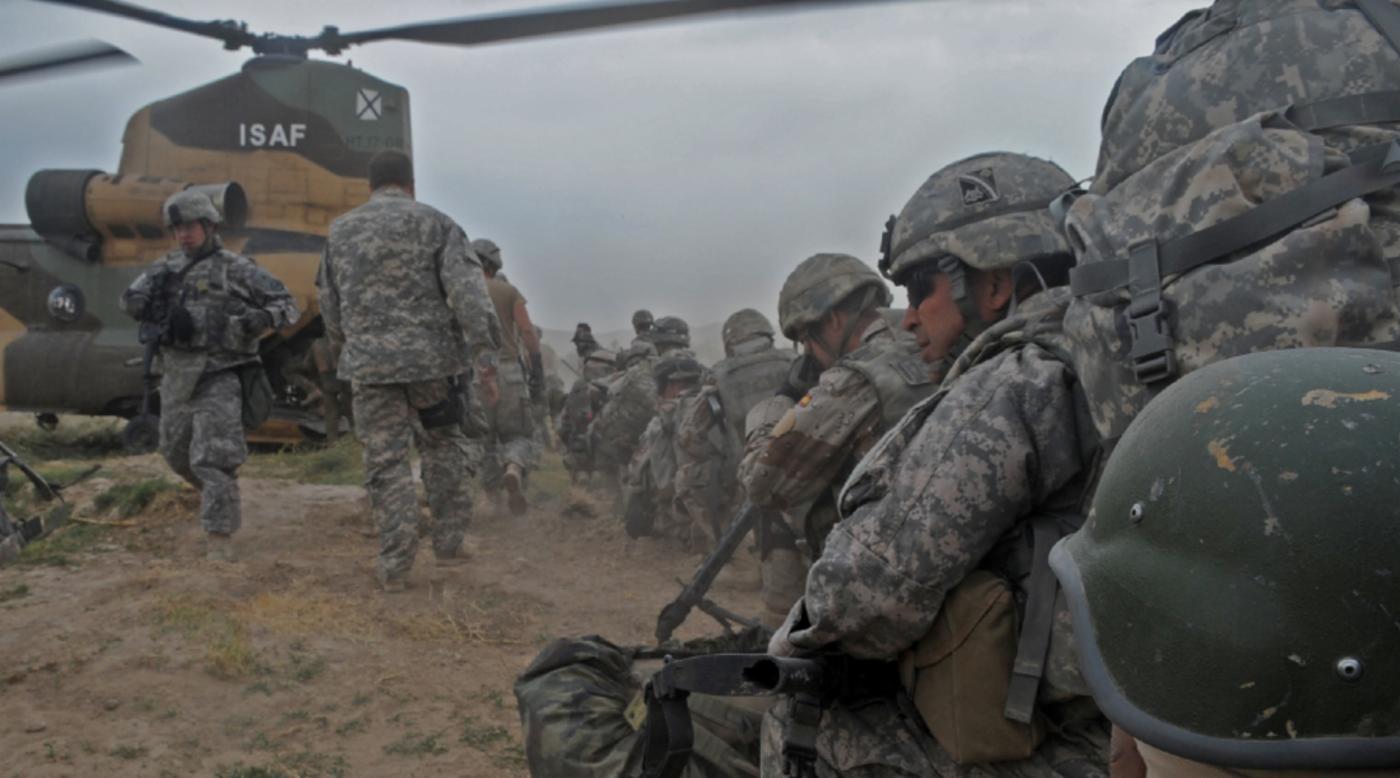
This article takes a longer view of the goals and achievements of NATO’s engagement in Afghanistan, and offers a planner’s perspective on the conditions and constraints under which the planning for, and the implementation of, that engagement were executed. The record of policy guidance and planning addressed below indicates that, far from neglecting the principles and practices that should guide interventions by the international community, NATO strove persistently and resolutely to follow them, notably in relation to the genuine inclusion of Afghans, local ownership by the Afghan people and regional cooperation with Afghanistan’s neighbours.
NATO’s evolving planning framework for Afghanistan
NATO assumed command of the International Security Assistance Force (ISAF) in August 2003 in the wake of the exceptional circumstances that had been created by the terrorist attacks on the United States of 11 September, 2001. The planning for these attacks had originated on the territory of Afghanistan. In response, Allies took the unanimous position that the attacks represented an aggression against them all and, accordingly, invoked Article 5 of the North Atlantic Treaty for the first time in NATO’s history.
What Allies could not have known in 2003-2006 is that the insurgency would prove to be more capable and resilient than expected. This was due to domestic and regional dynamics… over which NATO had limited influence, and the Government of the Islamic Republic of Afghanistan proved to have a limited willingness and capacity to control.
NATO acknowledged early on in its planning the challenges stemming from the ISAF commitment to help establish a safe and secure environment throughout Afghanistan under a United Nations Security Council mandate. For example, such planning recognised that, as ISAF gradually assumed command of international forces across the country between August 2003 and October 2006, this widening footprint would require deeper commitment by the Allies and other ISAF troop contributing nations (TCN), in terms of political resolve, forces and financial resources. This higher ambition also mandated developing a longer-term vision for NATO’s engagement across a broad spectrum of tasks, as well as reaching out to an increasing number of non-NATO nations that had expressed a wish to contribute forces or resources to ISAF. Drawing on its experience in helping bring wars to an end in the former Yugoslavia, NATO, a collective defence alliance, became the core of a wider security assistance coalition.
What Allies could not have known in 2003-2006 is that the insurgency would prove to be more capable and resilient than expected. This was due to domestic and regional dynamics – including grievances driven by pervasive bad governance and the use of safe havens across the region – over which NATO had limited influence, and the GIRoA proved to have a limited willingness and capacity to control. Despite this enduring challenge, NATO stayed the course, widened the scope of its strategic planning and deepened its engagement. This involved training the Afghan National Army, helping to mentor the nascent Afghan National Police and supporting broader stabilisation and reconstruction efforts, in close coordination with a range of actors, notably the United Nations and the European Union.
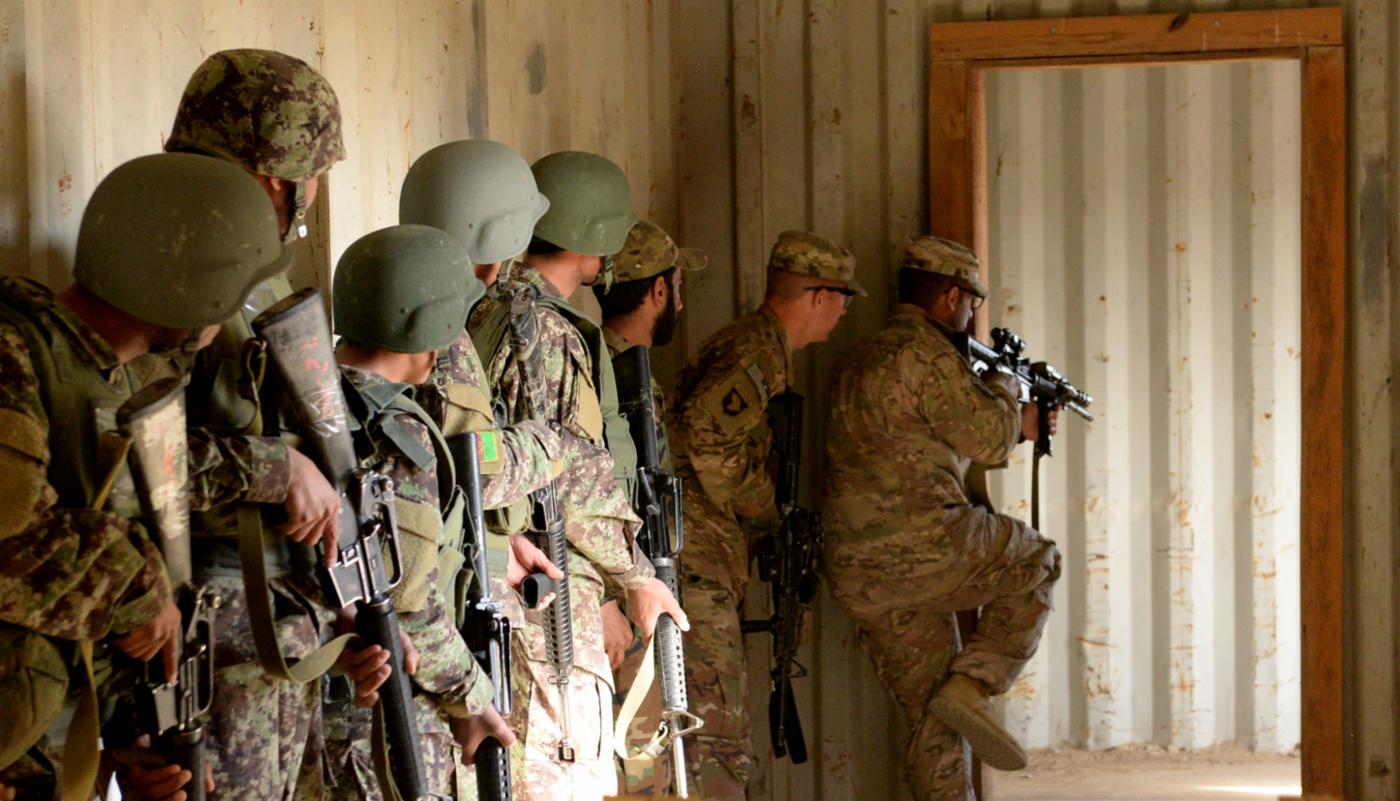
To capture this broader commitment, Allies agreed that a comprehensive plan, setting out NATO’s near and longer-term objectives and tasks, and aimed at better harmonising ISAF’s military activities with other dimensions of NATO’s engagement and with that of the wider international community, was necessary. Accordingly, planning efforts at NATO Headquarters gathered strength and culminated in the approval of a Comprehensive, Strategic, Political-Military Plan by Heads of State and Government (HoSG) of the ISAF TCNs at NATO’s Bucharest Summit in spring 2008.
The design of the plan closely followed the precepts of the “Comprehensive Approach” concept, in relation to consultation and cooperation with the GIRoA and with other stakeholders, as well as its implications for interagency coordination within the governments of TCNs. While mindful that ISAF was responsible only for the military line of effort, NATO was aware that helping the Afghan people assume ownership of their future required a broad approach to restoring a shared sense of the country. Contrary to the assertions that NATO lacked a comprehensive and coherent approach and a long-term strategic plan, and that Allies were obsessed with (military) state building, the strengthening of state institutions was pursued as a means to anchor the ties between the Afghan people and their recovered nation.
The wider, fluid context of NATO’s engagement in Afghanistan
NATO also recognised early in its engagement in Afghanistan that the success of ISAF in helping establish a safe and secure environment in southern and eastern Afghanistan – the traditional Pashtun lands and Taliban strongholds along Afghanistan’s borders with Pakistan – would be dependent on rallying the Pashtun tribes in support of the Government of the Islamic Republic of Afghanistan (GIRoA). It would also require working with Pakistan to prevent the Taliban from using tribal territories in western Pakistan as a rear area for the insurgency. To those ends, NATO made Kandahar Province the centre of gravity of ISAF operations and NATO’s assistance to wider stabilisation and reconstruction efforts, and engaged Pakistan alongside the United States in facilitating bilateral talks between Afghanistan and Pakistan.
In this endeavour, NATO was mindful of the importance of respecting Afghanistan’s sovereignty, promoting Afghan ownership and accountability, and encouraging the GIRoA to implement inclusive policies. These goals were pursued against the backdrop of widespread corruption and complex and often obscure tribal dynamics at play among the various ethnic groups and between the provinces and Kabul, as well as the absence of a virtuous regional dynamic among Afghanistan’s neighbours that would have made the prospect of a peaceful and prosperous Afghanistan a worthy common cause.
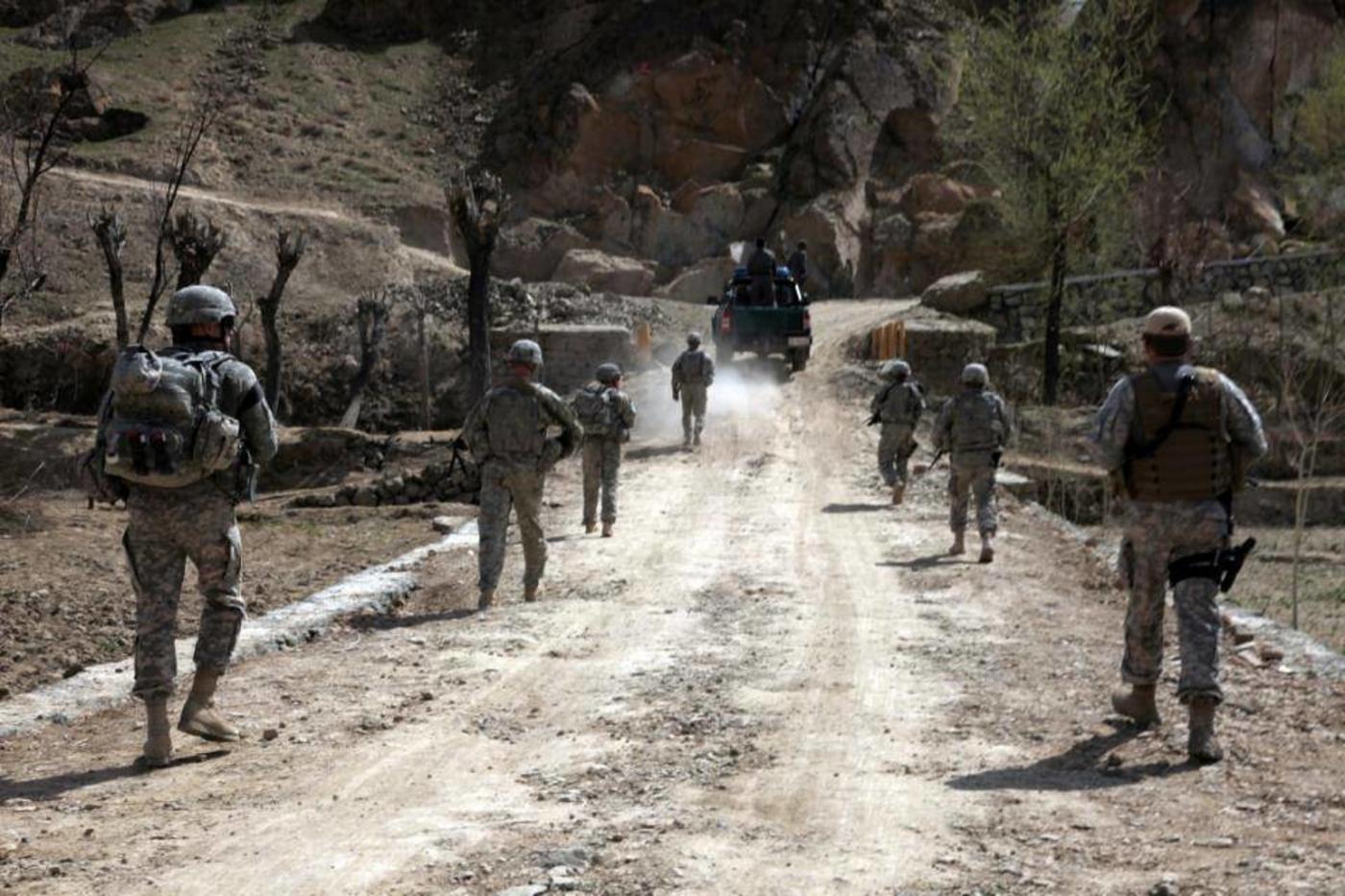
At the same time, NATO’s engagement in Afghanistan had to contend with four conditions that severely constrained its effectiveness:
- The troubled legacy of three decades of civil strife since 1973, including a decade of Soviet military occupation between 1979 and 1989, which had left Afghanistan devastated and its population fractured. Violence, drug trafficking and corruption became endemic, fueled by inter-ethnic hatreds and warlord rivalries, leaving the general population, notably women and children, in a state of disheartening neglect and despair. No amount of international aid and assistance, no matter how well intentioned and delivered, could have overcome this legacy easily;
- The complex regional dynamics, where mutual belligerence and zero-sum calculations often dominate at the expense of more inclusive policies, and where Afghanistan often had the weaker hand;
- The military requirement for NATO to command and coordinate the regular rotation and logistical support of contingents contributed by nearly 50 nations, deployed in a vast country with a complex geography, a rudimentary communications infrastructure and extreme climatic conditions in winter and summer; and
- The political challenge to sustain the commitment of all troop-contributing nations, large and small, against the adverse headwinds of mission fatigue; fluctuating political and public support; and competing demands from other international missions on necessarily finite resources.
By 2011, ISAF had grown in size from about 5,000 in 2003 to approximately 130,000 troops. This force was sufficient to keep the Taliban in check, but not to defeat them irreversibly and to prevent their regular resurgence. Without political buy-in by a large segment of the Pashtun population, an inclusive, democratic and self-sustaining Afghanistan was not an attainable goal. Representing some 40 percent of the Afghan population, the Pashtuns were sufficiently strong and united to impose their will on other Afghans through the Taliban.
Without political buy-in by a large segment of the Pashtun population, an inclusive, democratic and self-sustaining Afghanistan was not an attainable goal. Representing some 40 percent of the Afghan population, the Pashtuns were sufficiently strong and united to impose their will on other Afghans through the Taliban.
More coherent policies and better-calibrated capabilities would probably have made a bigger difference. ISAF’s staying power was challenged by excessively frequent rotations of troops, mentors and commanders. This practice undermined awareness of local dynamics and needs, and too often resulted in disruptions to stabilisation and reconstruction efforts and to partnerships with Afghan troops that required continuity to take root. Weak central and provincial institutions were overwhelmed by the often overlapping programmes of international actors and donors. The Comprehensive Approach did not deliver well. As the experience of Afghanistan has shown, local absorption of capacity-building and wider stabilisation and reconstruction efforts will remain a challenge in many regional settings.
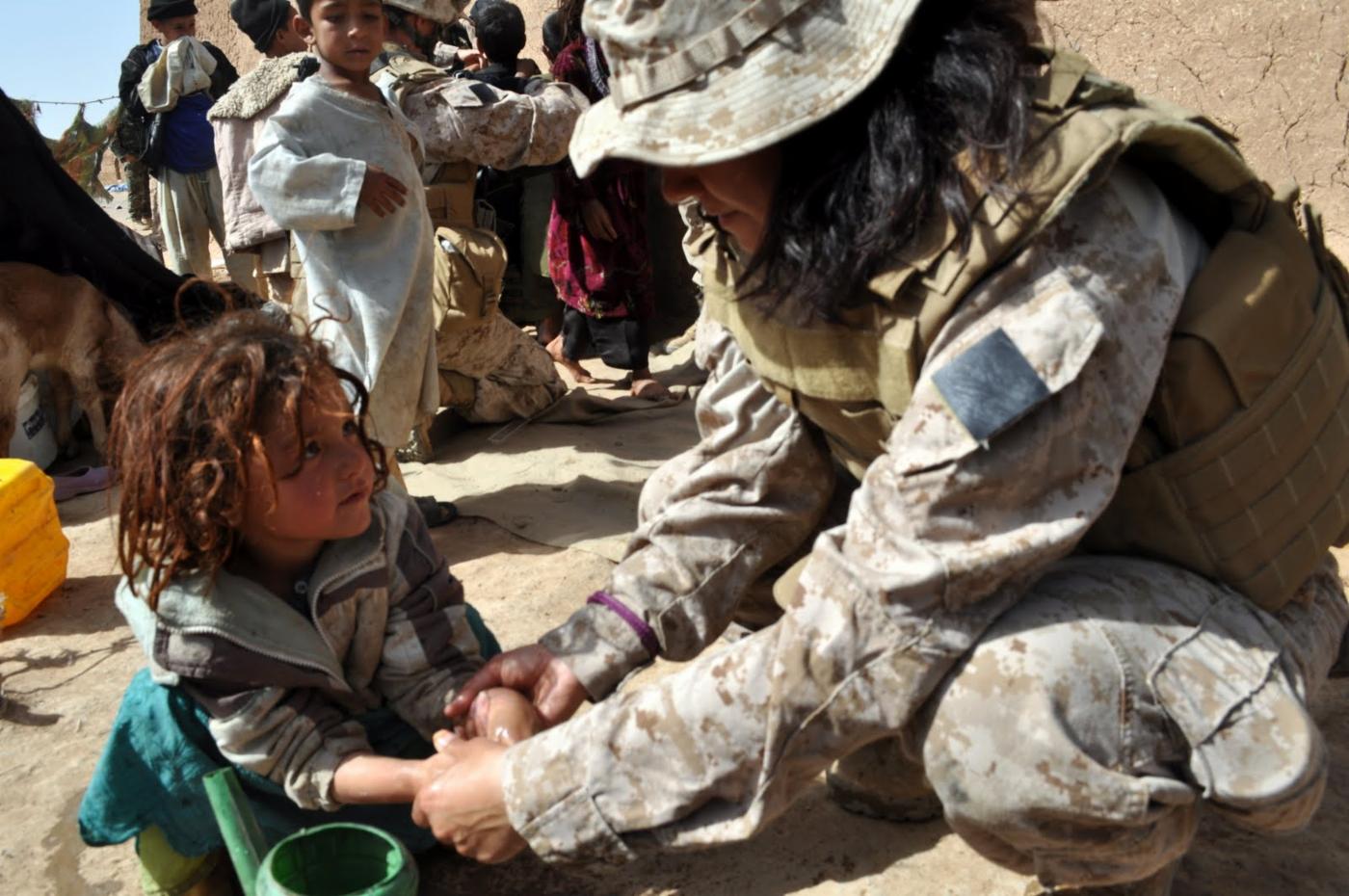
Likely, a virtuous regional dynamic could also have helped overcome Afghanistan’s fragmented politics, by offering the Pashtuns an incentive to move on beyond the legacy of Taliban rule. Whether such an “outside in” dynamic, as an alternative to the “inside out” approach, would have worked better and could have prevented the tragic return of Taliban rule is a question that NATO was never in a position to test and help bring to reality. This hypothesis, however, is worth reflecting upon, as a future guide and safeguard.
Learning and being prepared if the call comes
What the analysis above makes clear is that, against the background of a very difficult legacy and a challenging engagement in Afghanistan, NATO did put in place the relevant planning instruments and followed, wherever possible, the good practices of genuine inclusiveness, local ownership, and regional cooperation. The record on this is unmistakable, but the outcome still disappointing. In the end, the international community was not able to ensure that a self-sustaining Afghanistan could prevail and prevent the return of the Taliban to power.
Throughout the 18 years of NATO’s engagement, Afghanistan was not used as a safe haven for terrorism, nor a breeding ground for mass-casualty terrorist attacks.
Throughout the 18 years of NATO’s engagement, however, Afghanistan was not used as a safe haven for terrorism, nor a breeding ground for mass-casualty terrorist attacks. Furthermore, the legacy of care and kindness displayed towards the Afghan population by many ISAF troops and their commitment to helping make Afghanistan a better place for future generations cannot be erased from the historical record, nor from many Afghans’ minds and hearts. As a planner at NATO Headquarters, getting NATO’s engagement in Afghanistan to work effectively, in support of a worthy cause, became a professional North Star. The return of Taliban rule remains a personal scar.
Looking forward, this mixed legacy, in all its shades, will help NATO and Allies reflect more deeply on the tough challenges and implications of leading UN-mandated missions aimed at helping maintain international peace and security, prevent conflicts or end wars, and better prepare for such missions, should the need arise again. As confirmed in the Alliance’s new Strategic Concept, agreed by Allied HoSG at the NATO Summit held in Madrid in July 2022, NATO’s commitment to the aims and practices of crisis management and cooperative security remains intact



